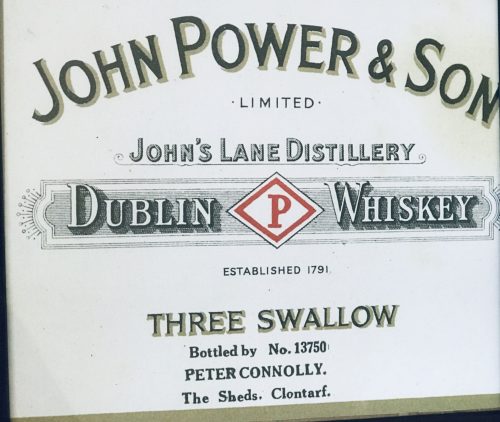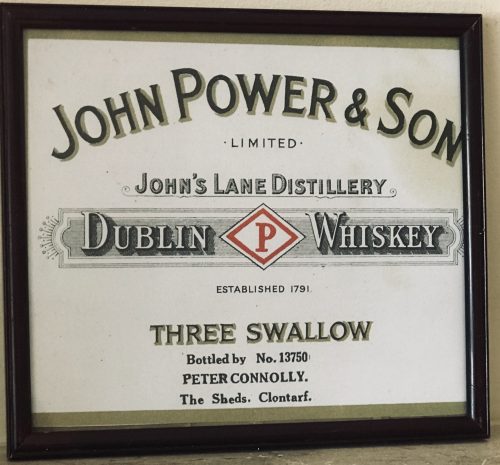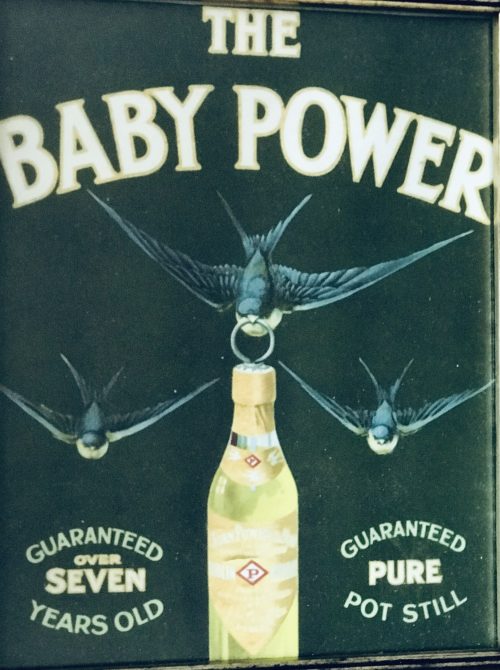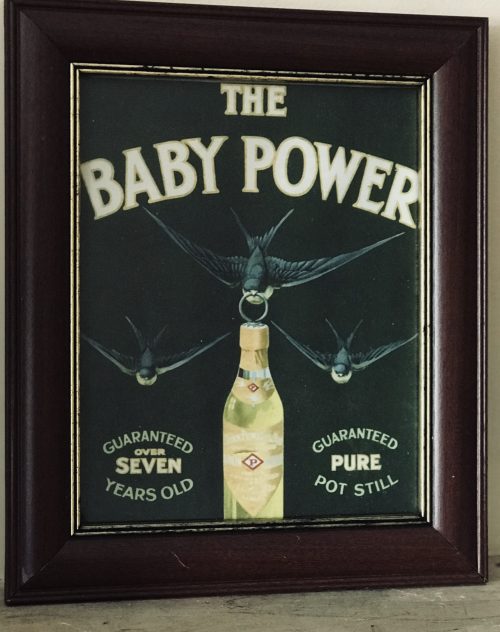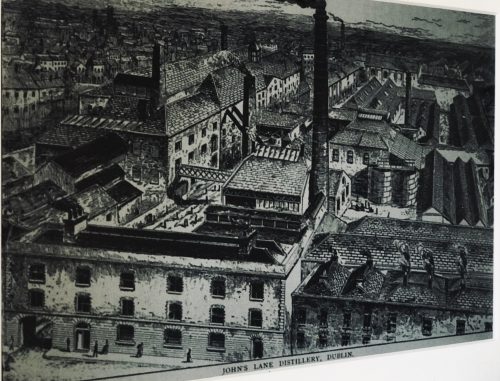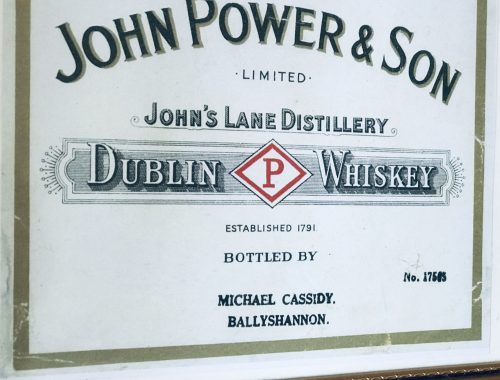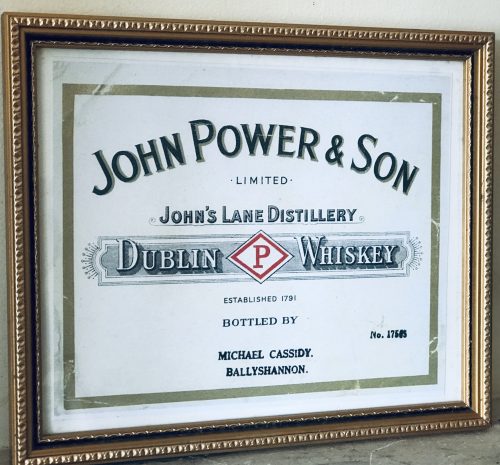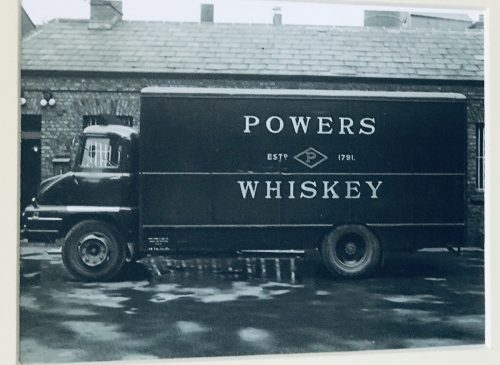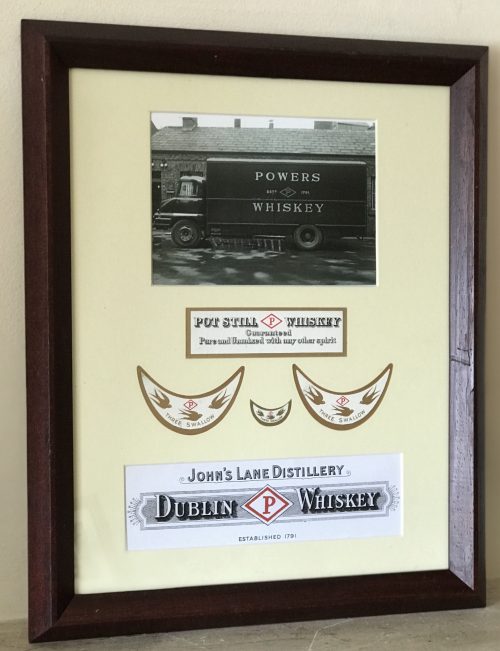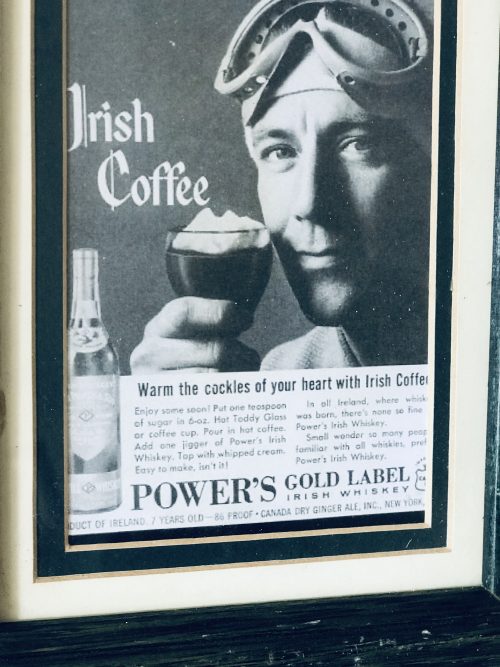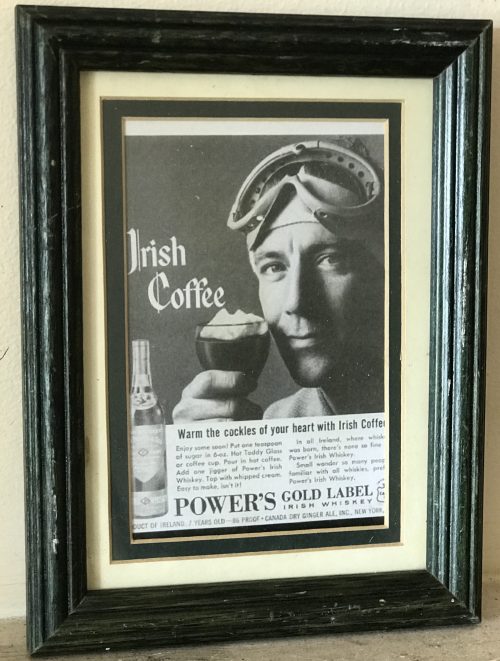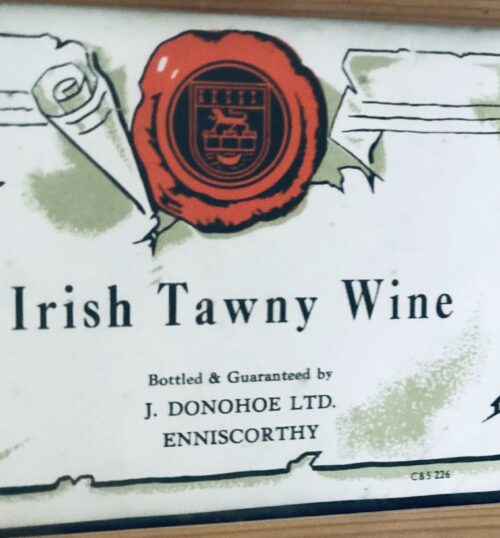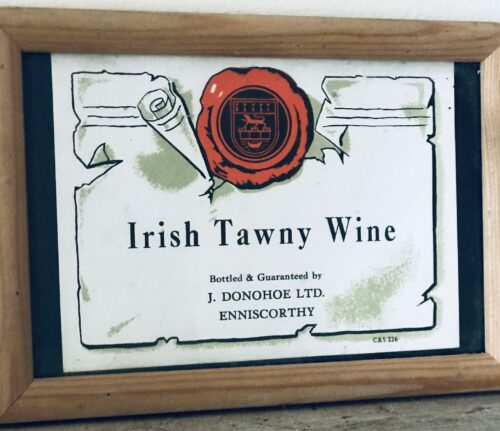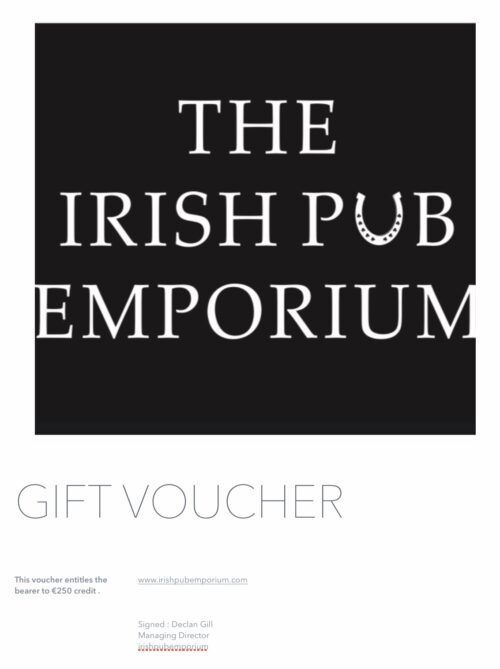History
John Walker was born on 25 July 1805. His farmer father died in 1819, and the family sold the farm. Their trustees invested the proceeds, £417, in an Italian warehouse, grocery, and wine and spirits shop on the High Street in Kilmarnock, Ayrshire, Scotland. Walker managed the grocery, wine, and spirits segment as a teenager in 1820. The Excise Act of 1823 relaxed strict laws on distillation of whisky and reduced, by a considerable amount, the extremely heavy taxes on the distillation and sale of whisky.By 1825, Walker, a teetotaller, was selling spirits, including rum, brandy, gin, and whisky. In short order, he switched to dealing mainly in whisky. Since blending of grain and malt whiskies was still banned, he sold both blended malt whiskies and grain whiskies.They were sold as made-to-order whiskies, blended to meet specific customer requirements, because he did not have any brand of his own.He began using his name on labels years later, selling a blended malt as Walker's Kilmarnock Whisky. John Walker died in 1857.
Alexander Walker, son of John Walker, inherited the business following his father's death.
Blends
For most of its history Johnnie Walker only offered a few blends. Since the turn of the century, there has been a spate of special and limited bottlings.- Red Label: A non-age-stated blend. It has been the best selling Scotch whisky in the world since 1945.It is primarily used for making mixed drinks.
- Black Label: Aged 12 years, it is one of the world's best-selling Scotch whiskies.
- Double Black Label: Made available for general release in 2011 after a successful launch in travel retail.The whisky was created taking Black Label as a blueprint, adding more peaty malt whiskies to it and maturing it in heavily charred old oak casks.
- Green Label: First introduced in 1997 as Johnnie Walker Pure Malt 15 Year Old,it was renamed Johnnie Walker Green Label in 2004. Green Label is a blended malt whisky, meaning it is made by mixing single malts with no grain whisky added.All whiskies used are a minimum of 15 years old.Diageo discontinued Green Label globally in 2012 (except for Taiwan, where demand for blended malts is very strong), as part of a reconstruction of the range that saw the introduction of Gold Label Reserve and Platinum Label. The brand was reintroduced in 2016 and is again globally available.
- Gold Label: A blend of over 15 single malts, it was derived from Alexander Walker II's blending notes for a whisky to commemorate Johnnie Walker's centenary. Originally, Gold Label was bottled at 18 years and labelled "The Centenary blend".In 2013, Gold Label was renamed "Gold Label Reserve", and now carries no age statement.
- Aged 18 Years: Originally introduced as Platinum Label, it was introduced to replace the original Gold Label in the Asian market, and sold alongside Gold Label Reserve. Though still available around the globe, the Platinum Label name was discontinued in mid-2017 and replaced by Johnnie Walker Aged 18 Years. The two are identical except for the label.
- Blue Label: Johnnie Walker's premium blend. Johnnie Walker Blue Label is blended to recreate the character and taste of some of the earliest whisky blends created in the 19th century.[39] It bears no age statement. Bottles are numbered serially and sold in a silk-lined box accompanied by a certificate of authenticity. It is one of the most expensive blended Scotch whiskies on the market, with prices in the range of US$174–450.Over 25 Limited Editions have been released to date.
- Johnnie Walker Swing: Supplied in a distinctive bottle whose irregular bottom allows it to rock back and forth. This type of bottle design was originally used aboard sailing ships. It was Alexander Walker II's last blend: it features a high proportion of Speyside malts, complemented by malts from the northern Highlands and Islay.
Accolades
Johnnie Walker spirits have received strong scores at international spirit ratings competitions and from liquor review bodies. The Green Label received a string of three double gold medals from the San Francisco World Spirits Competition between 2005 and 2007. The Gold Label received double gold medals from the San Francisco competition in 2008 and 2009 and won a gold in 2010. Spirits ratings aggregator proof66.com, which averages scores from the San Francisco Spirits Competition, Wine Enthusiast, and others, puts the Black, Blue, Gold and Green Labels in its highest performance category ("Tier 1" Spirits).Johnnie Walker spirits have several times taken part in the Monde Selection's World Quality Selections and have received a Gold and Grand Gold Quality Award. Johnnie Walker was voted India's Most Trusted Premium Whisky Brand according to the Brand Trust Report 2014, a study conducted by Trust Research Advisory.Johnnie Walker Gold Label Reserve won the World's Best Blended -- Best Scotch Blended in World Whiskies Awards 2018.Sponsorships
Johnnie Walker is the official whisky of Formula One,and are a sponsor of two F1 teams McLaren and Racing Point. Johnnie Walker is also the title namesake for the F1 Grand Prix race in Spa Belgium. Johnnie Walker sponsored the Johnnie Walker Classic, an Asia-Pacific golf tournament, up to 2009 and the Johnnie Walker Championship at Gleneagles, a golf tournament in Scotland up to 2013.Diageo sold the Gleneagles Hotel and Golf Course, the site of the tournament, mid-2015 to focus on its core business.Cultural figures
Winston Churchill's favourite whisky was Johnnie Walker Red Label, which he mixed with water and drank throughout the day. Vanity Fair writer Christopher Hitchens was partial to Johnnie Walker Black Label cut with Perrier and referred to it as "Mr Walker's Amber Restorative". Johnnie Walker Blue Label was a favourite of the late US president Richard Nixon's; Nixon used to enjoy it with ginger ale and a wedge of lime. A number of singers and songwriters have referenced Johnnie Walker in their works, from Amanda Marshall to ZZ Top.Elliott Smith's Oscar-nominated "Miss Misery" has the narrator "[making] it through the day with some help from Johnnie Walker Red." Heavy metal band Black Label Society was named after Johnnie Walker Black Label whisky, as Zakk Wylde was very fond of the drink. George Thorogood name checks “Johnny Walker and his brothers Black and Red” in "I Drink Alone". Polish fictional humorous character Jakub Wędrowycz is a word play based on Polish translation of "Johny Walker".Gallery
-
Origins :Co Louth Dimensions :37cm x 47cm













